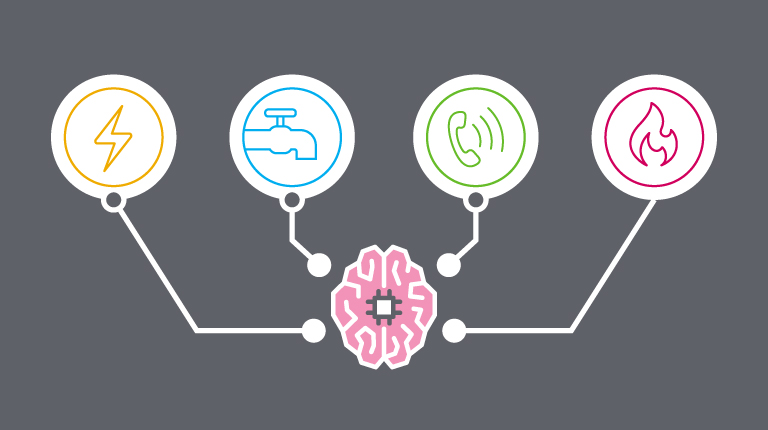The labor shortage is affecting every industry. According to an article in the Wall Street Journal, “The average number of live job openings in call, contact and customer care centers advertised on Ziprecruiter.com in February was more than double that of the average the year earlier before the pandemic, according to the recruitment platform.”
Not having enough staff for a contact center leads to long waits and unhappy customers. Not to mention, when agents feel rushed and overwhelmed, their productivity and performance suffers as well. Both customer and agent experience take a severe hit when the workforce is low.
Across different industries, there are certainly different considerations and strategies pertaining to customer experience. After all, a retail store and a hospital have different focuses and needs to be met. However, the foundations of what is needed for a good customer experience remains the same across the board.
Let’s look at a few examples from the Wall Street Journal Article.
Travel and Hospitality
What’s happening?
A large airline had to hire back 3,500 agents that had left during the pandemic. A majority of those agents worked on the “care and reservations” team. And while some progress has been made to reach the pre-pandemic numbers, they still are short staffed. Another challenge? It takes a while to get newly hired agents up to speed. This lack of agents results in the notorious long wait time endured when calling an airline.
How can Conversational AI help?
The reliance on human agents for booking is a thing of the past. With highly scalable Conversational AI solutions, the contact center model can shift to where technology handles the conversation with zero wait time. Human agents still pay a role, but it’s to support the technology and fill gaps, rather than taking the lead.
And with human-like levels of understanding, customers don’t have to feel like they are talking with a robot. The conversation will feel natural and effortless, and customer experience will soar.
Insurance
What’s happening?
A large insurance provider was struggling to hire back into traditional contact center roles. Applicants were more interested in remote flexibility. In addition to increasing pay and benefits, the company “let staff, including new hires, continue working from home in some capacity even after its offices fully reopened.”
How can Conversational AI help?
This issue may seem solved, but Conversational AI still has a place to enhance this situation. Especially in regards to security and privacy, having an automated solution that can extend its security features to support work-from-home and flexible workspaces can help ensure that customers still feel protected.
Communications
What’s happening?
A large communications provider saw unusually high attrition rates during the pandemic. They found that the work-from-home culture combined with the pandemic pressures was the main culprit for their great resignation. While the re-opening of offices helped lower the attrition rate, we suspect there is more to be done to help increase contact center agent’s likelihood to stay.
How can Conversational AI help?
According to McKinsey, “companies that can keep service agents on the job longer not only reduce operating costs but also improve customer satisfaction.” McKinsey then goes on to explain that agents are a lot more likely to stay if they enjoy the nature of their work. Conversational AI can help with this.
For one, Conversational AI takes on monotonous, repetitive tasks so your agent can feel more fulfilled in helping customers though challenging issues. Conversational AI also reduces long wait times and queues so that customers aren’t frustrated if they do have to speak with an agent. And third, a well-integrated Conversational AI system can help agents find information faster so they can spend more time assisting the customer, rather than digging through various complicated systems.
The fundamentals of a good customer experience remain the same across the board. Reducing wait times, improving agent experience, and focusing on security and ease of conversation will set up a solid base for more industry-specific considerations.





